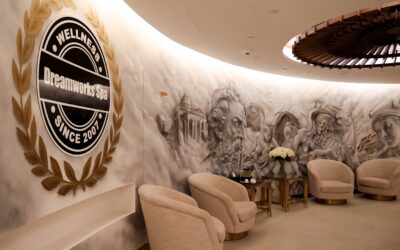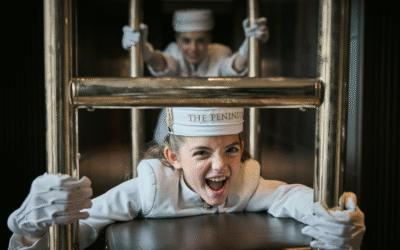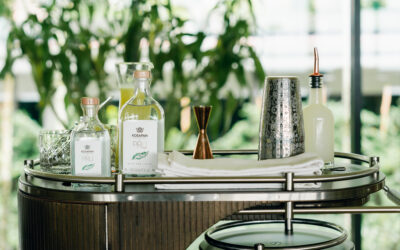Woolley and Wallis is to offer the personal collection of distinguished connoisseurs Michael and Margaret Susands, whose celebrity and Royal following bears testament to their trusted expertise in everything antique. As both antique dealers and passionate private collectors themselves, they were perfectly placed to offer trusted advice to many, which proved to be a successful formula, with followers around the world that included international society figures, actors, leaders of industry and even sports personalities.
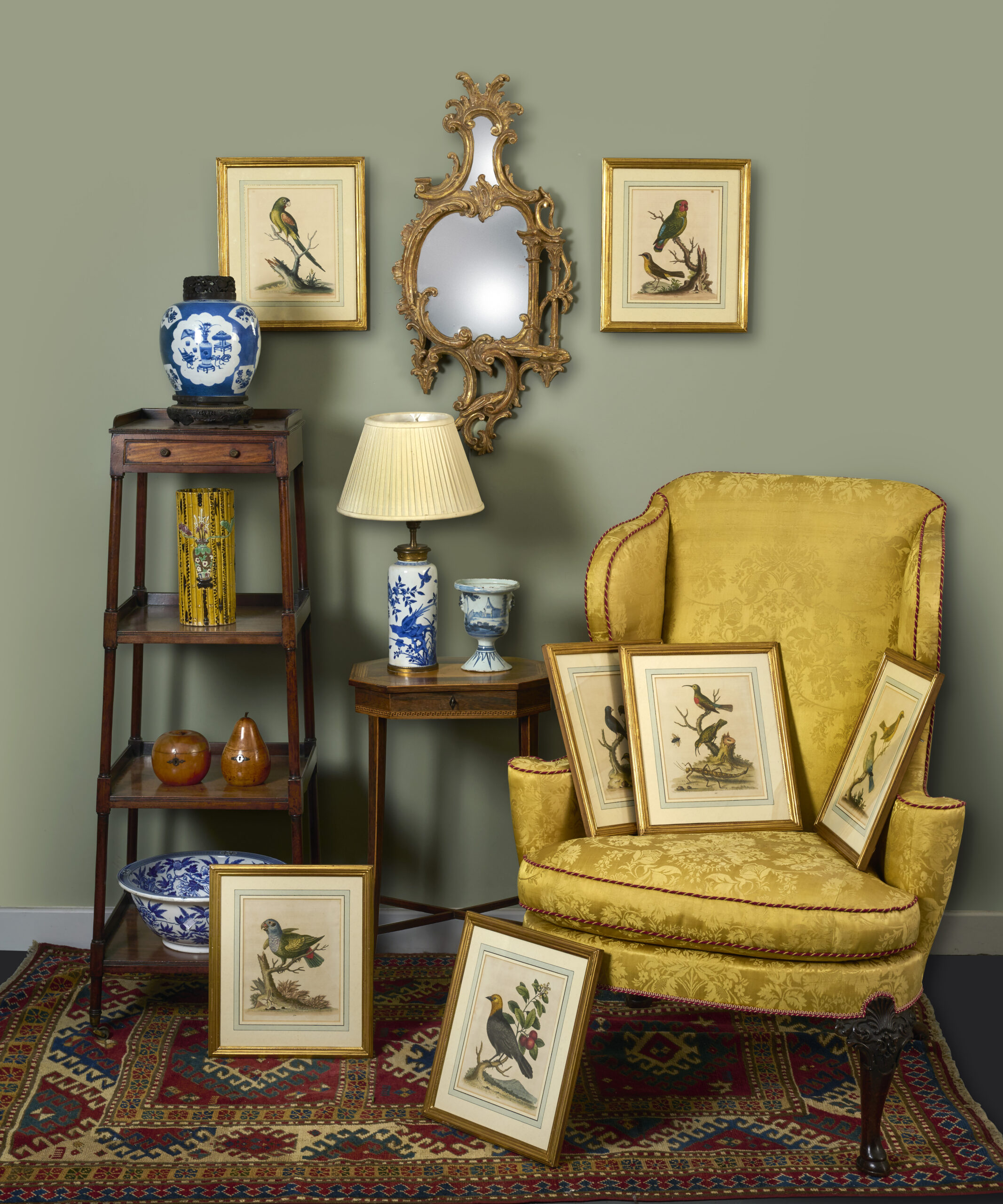
The couple, whose business name was Michael Foster Ltd, specialised in 18th and early 19th century furniture. Their antiques shop was based at 118 Fulham Road for over 30 years, from the 1970s to the 2000s and became a go-to destination for those looking for interesting finds, carefully curated pieces and high quality craftsmanship and provenance. However it is their personally curated collection spanning fine furniture, porcelain, glassware and Old Master paintings from their Chelsea home that will go under the hammer in a sale.

Personal collection of distinguished connoisseurs Michael and Margaret Susands
Commenting on the selection of furniture in the collection, Woolley and Wallis specialist, Mark Yuan Richards, said: “This is a unique collection of quintessential 18th and early 19th century English furniture, hand-picked by experts with an eye for outstanding quality, rich patination, character and interesting details.”
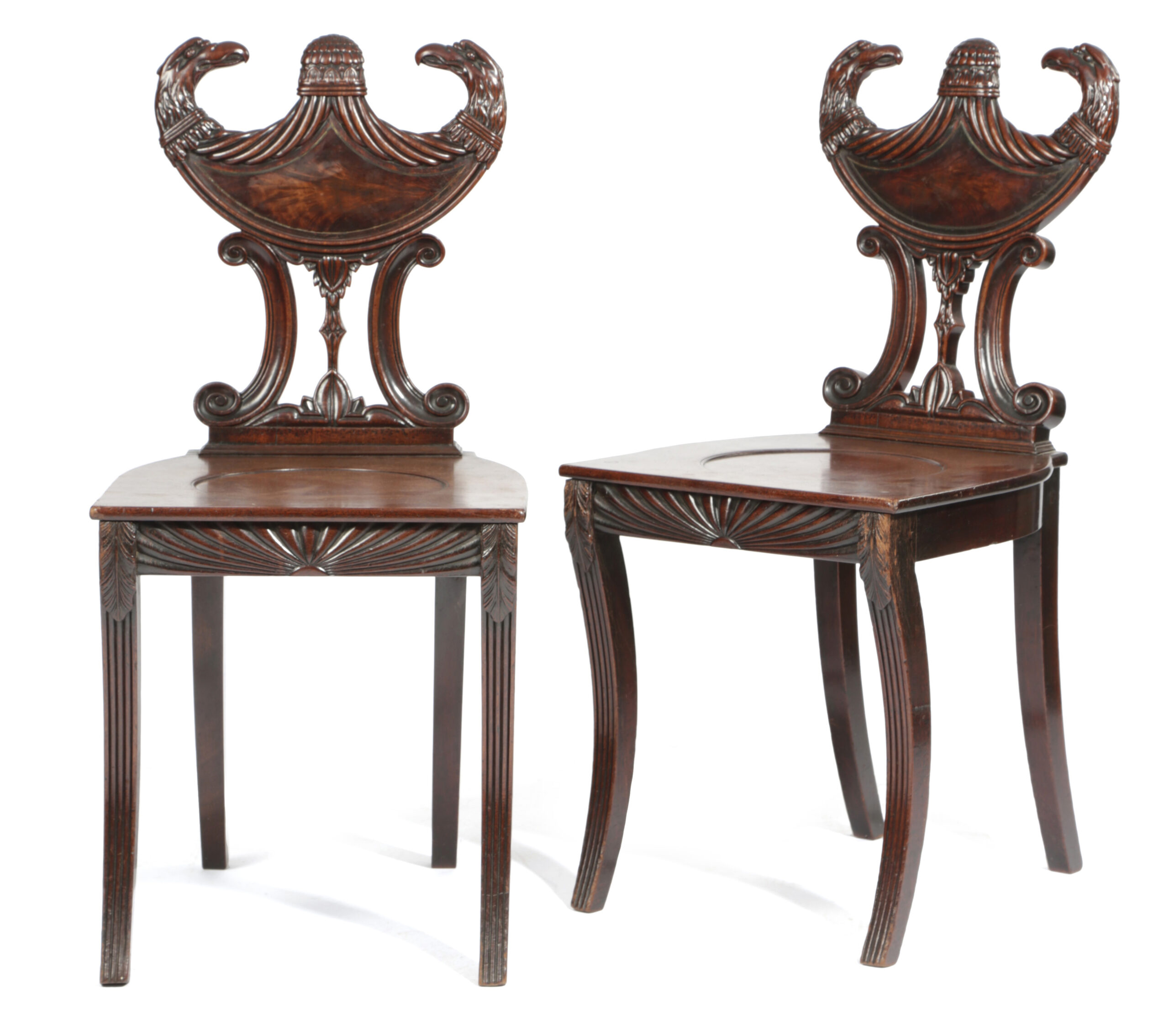
Among the highlights is a late 18th century George III satinwood secretaire bookcase from the private collection of the Duke of Norfolk, described by Yuan-Richards as: “A classic piece of English furniture. It’s small and pretty and excellent for displaying collections of fine 18th century porcelain.” The bookcase features a part-painted cornice with urn finials and pendant mouldings and enamel handles decorated with an urn. This practical, yet highly decorative piece carries an estimate of £3,000-£5,000 (lot 519).
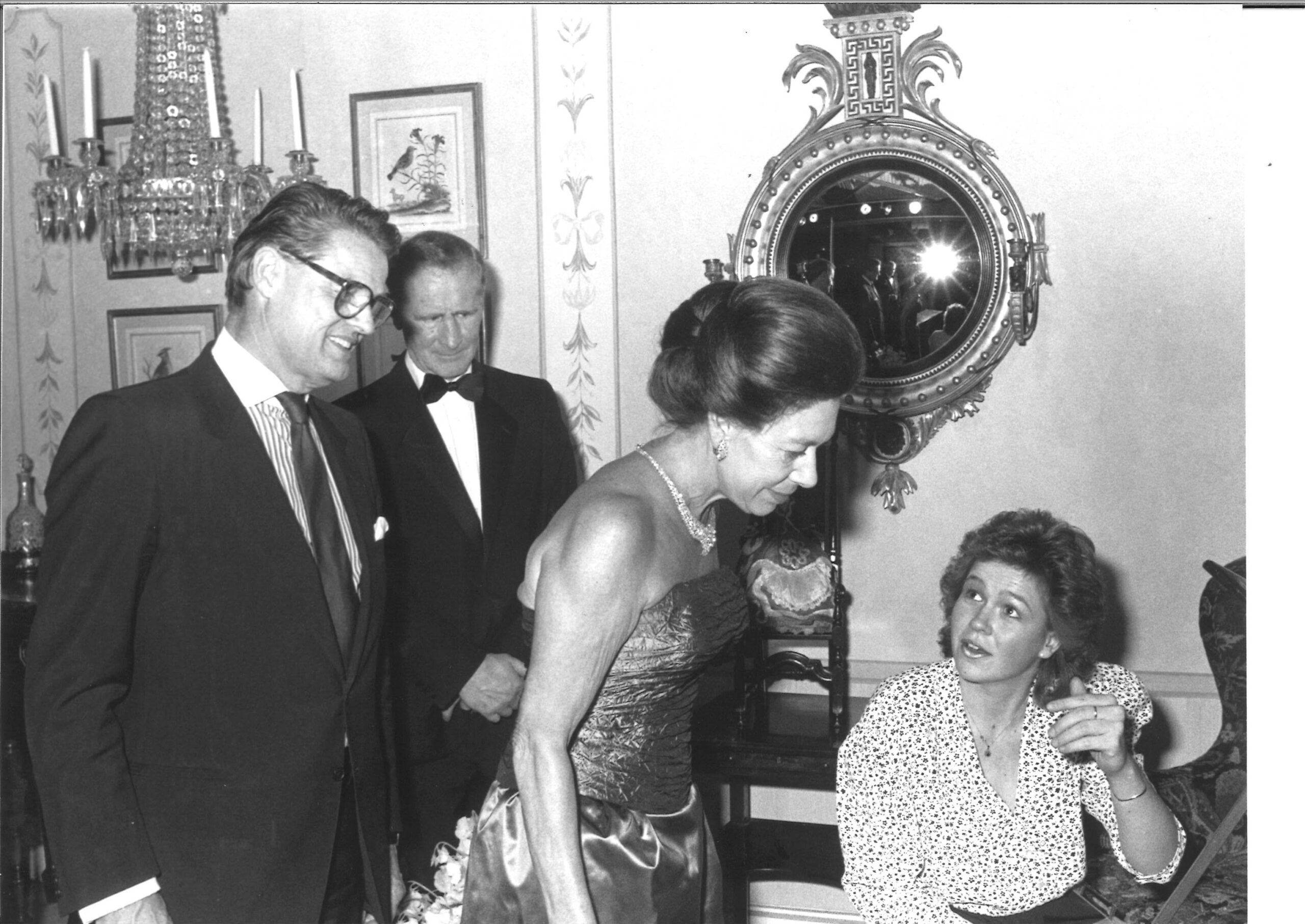
A stunning George III giltwood oval wall mirror features a naturalistically carved frame decorated with bulrushes, fruits and flowers. Created in the manner of William and John Linnell c.1770 it carries an estimate of £4,000-£6,000 (lot 586). A fine pair of Regency mahogany hall chairs featuring carved eagle’s heads and reeded sabre front legs derive from a pattern in the furniture designer Thomas Sheraton’s (1751-1806) Cabinet Dictionary from 1803. The pair carries an estimate of £3,000-£5,000 (lot 504).
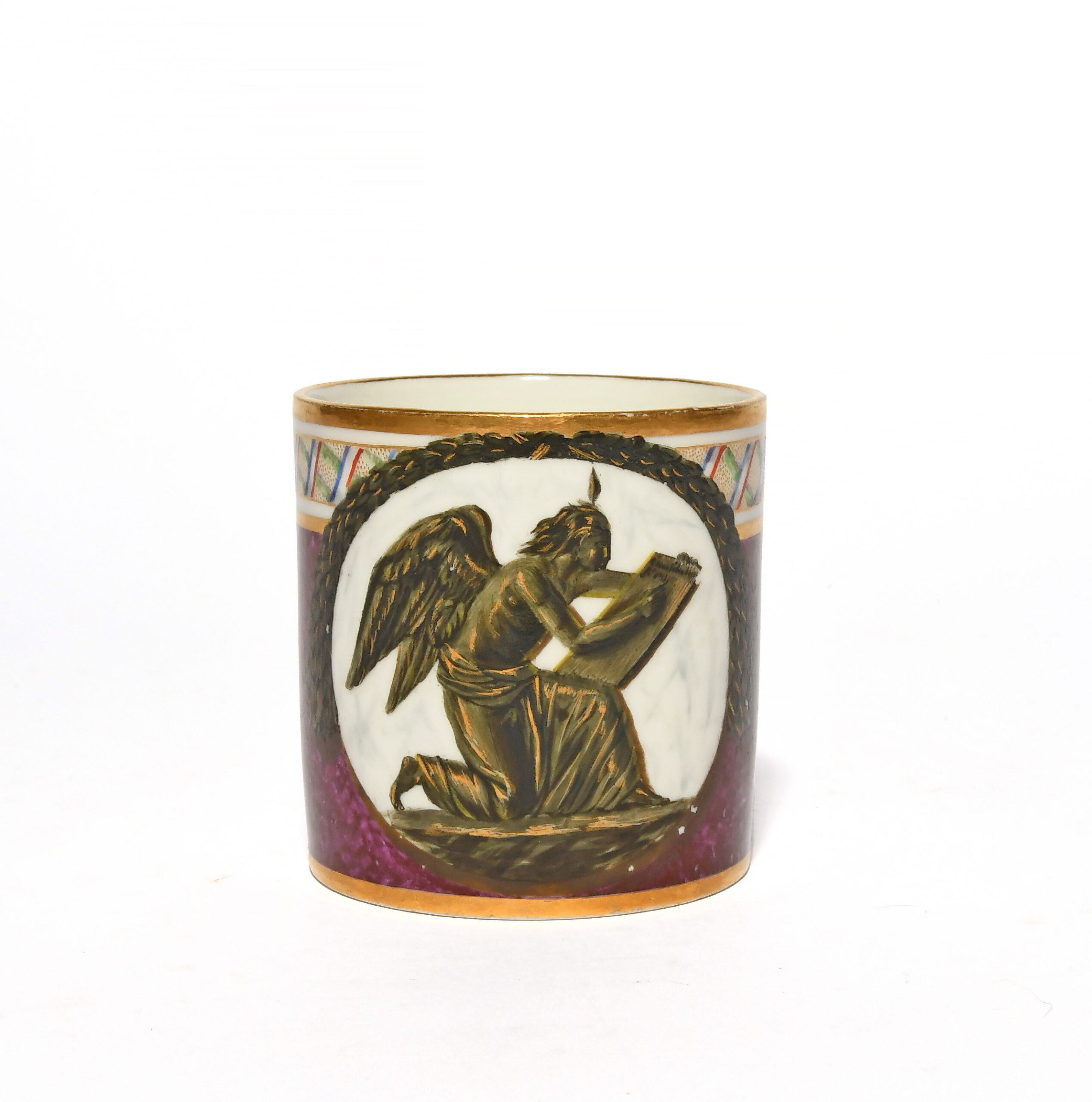
Among pieces with a musical leaning is a pair of George III tole peinte wall lights each designed in the shape of a lyre. They date from c.1790-1800 and feature a pair of reeded candle holders on scrolling branches above harebells, with painted floral decoration. They carry an estimate of £700-£1,000 (lot 588). A George II walnut spinet (small harpsichord) in the sale is by the Boston maker Joannes or John Harris (d.1772).

English-born Harris worked in London’s Red Lion Street around 1730, the year in which he received a patent for a ‘new invented harpsichord’. He later emigrated to America, settling in the North End of Boston in 1768. A spinet that he produced in the following year is currently in the collection of the Metropolitan Museum of Art. This fine example features a stunning interior, decorated in gilt, with birds, flowers and leaves. It is signed ‘Joannes Harris Londoni Fecit’ and dates from C.1735-40. It carries an estimate of £3,000-£5,000 (lot 604).
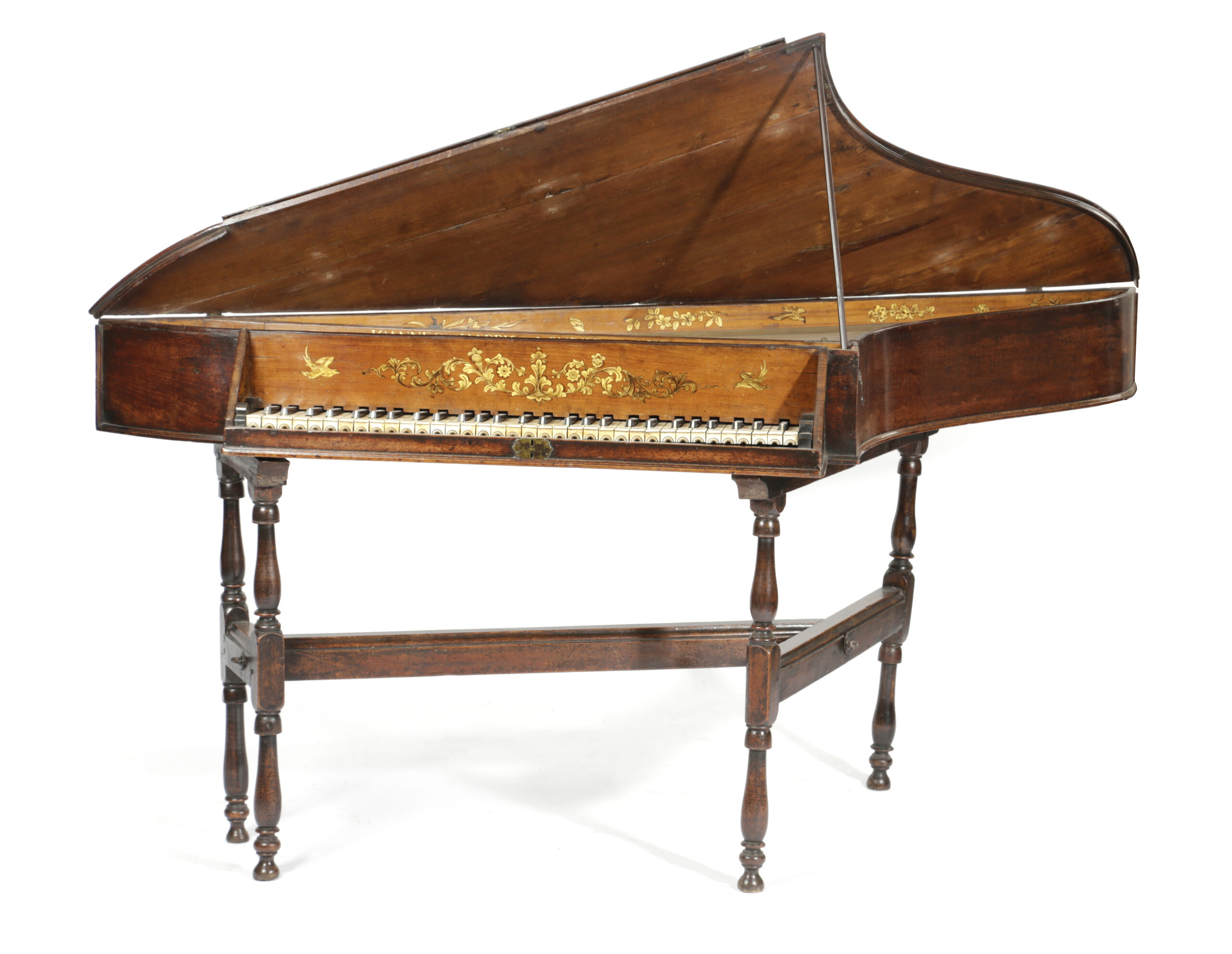
A George II walnut spinet by the Boston maker Joannes or John Harris (d.1772)
Estimate £3,000-£5,000 (lot 604)
Elsewhere in the sale is a pair of rare Chinese blue and white apothecary jars and covers from the Kangxi period (1662-1722), featuring painted pheasants amongst rockwork and flowering branches, including magnolia and peony and willow trees. Commenting on the jars, Chairman of Woolley & Wallis and Asian Art expert John Axford, said: “These Kangxi period (1662-1722) blue and white apothecary jars are exceptionally rare. They almost certainly were a private order by a European merchant in the early 18th century.
The rectangular vacant cartouches below the rims allowed for the apothecary to write the names of the particular drug onto the white porcelain, which could then be wiped clean when they were reused. Although this shape is recorded in Kangxi porcelain, no identical examples are known. These are true items for the connoisseur/collector.” The pair carries an estimate of £1,000-£2,000 (lot 723).
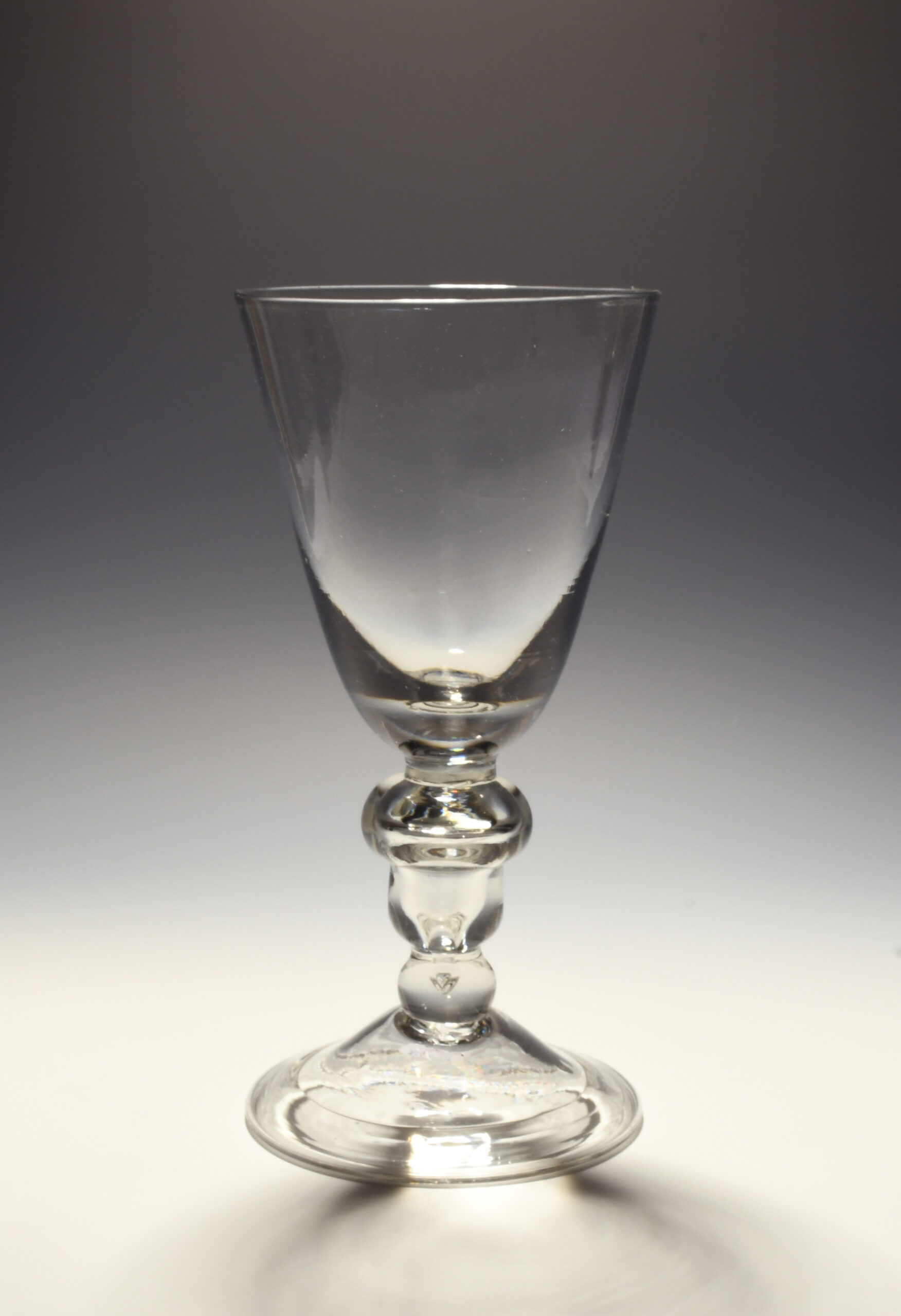
A rare and massive baluster toasting glass, dating from c. 1710
Estimate of £3,000-£5,000 (lot 536)
Among the ceramics and glass in the collection is a rare and massive baluster toasting glass, or goblet that would bring ceremony to any special occasion! Dating from c. 1710 it has a comprises a funnel bowl raised on a short baluster stem, with a large acorn knop over a basal ball knop on a folded conical foot. Commenting on it, Clare Durham, European ceramics and glass specialist at Woolley and Wallis, said: “This is a fabulous example of a very large and early English baluster glass, with a lovely demonstration of an acorn knop. Glasses of this size were not easy to manufacture, so examples are rare.” The glass carries and estimate of £3,000-£5,000 (lot 536).
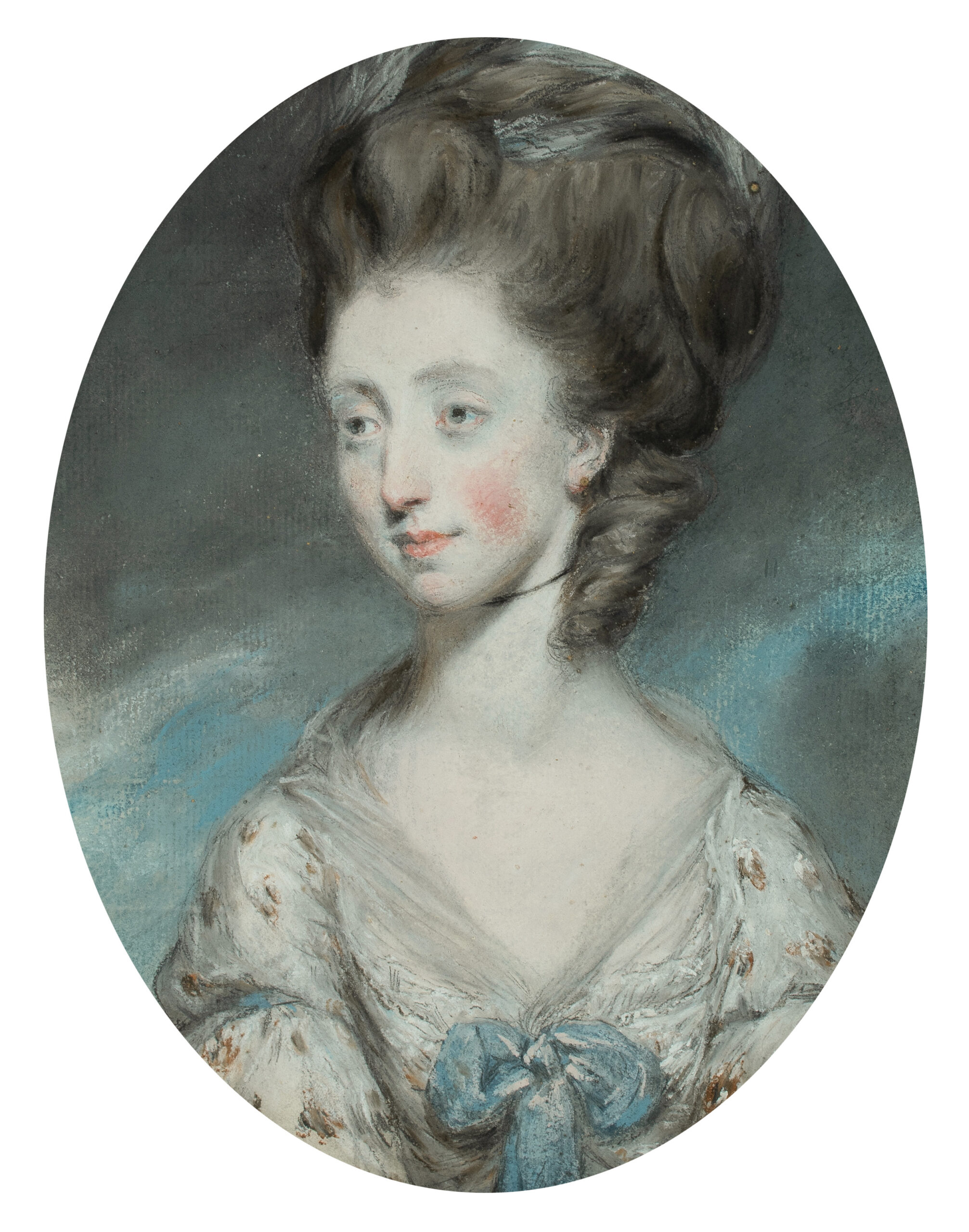
A rare Sèvres republican period cup and saucer in the sale is painted with revolutionary symbols. The cup features a tricolore-banded stockade and axe and its saucer displays a painted Phyrigian cap – a long-time symbol of freedom. Panels of flowers on a bleu celeste back ground within pink rose swag borders make it highly decorative. Dating from C.1793 it carries an estimate of £500-£800 (lot 673).
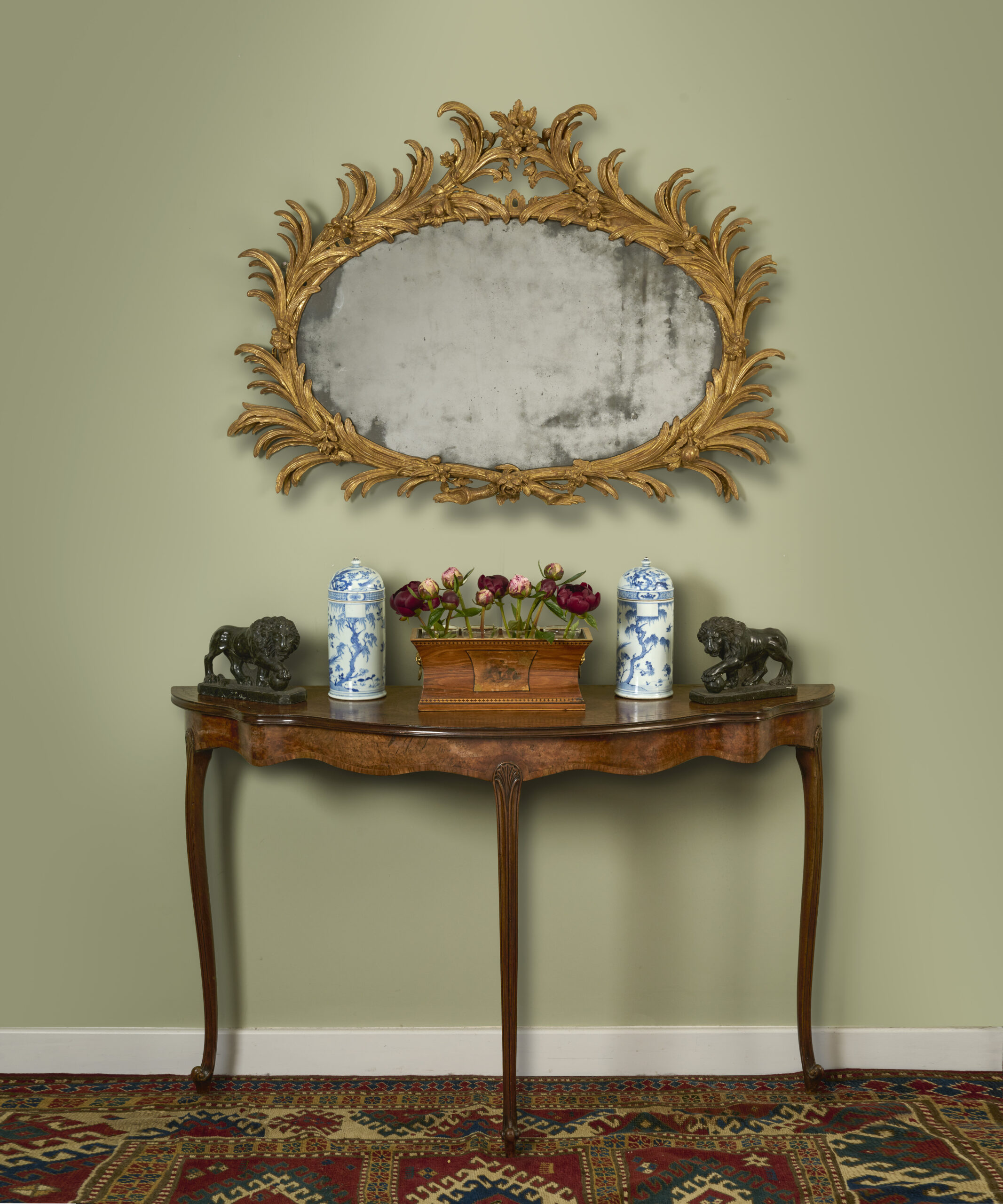
Continuing on the unusual Sèvres revolutionary theme, is a revolutionary period coffee can, painted in sepia, with a winged figure writing on a tablet. Highlighted in gilt, within a leaf border reserved on a purple faux hardstone ground, it features a border of tricolore ribbon and laurel wreath swags. Dating from C.1795 it carries an estimate of £250-£350 (lot 676). Commenting on these pieces, Woolley and Wallis’ Ceramics and Glass specialist, Clare Durham tells us: “Sevres were Royal porcelain manufacturers, so it is interesting to see them producing motifs relating to the French Revolution at this time.”
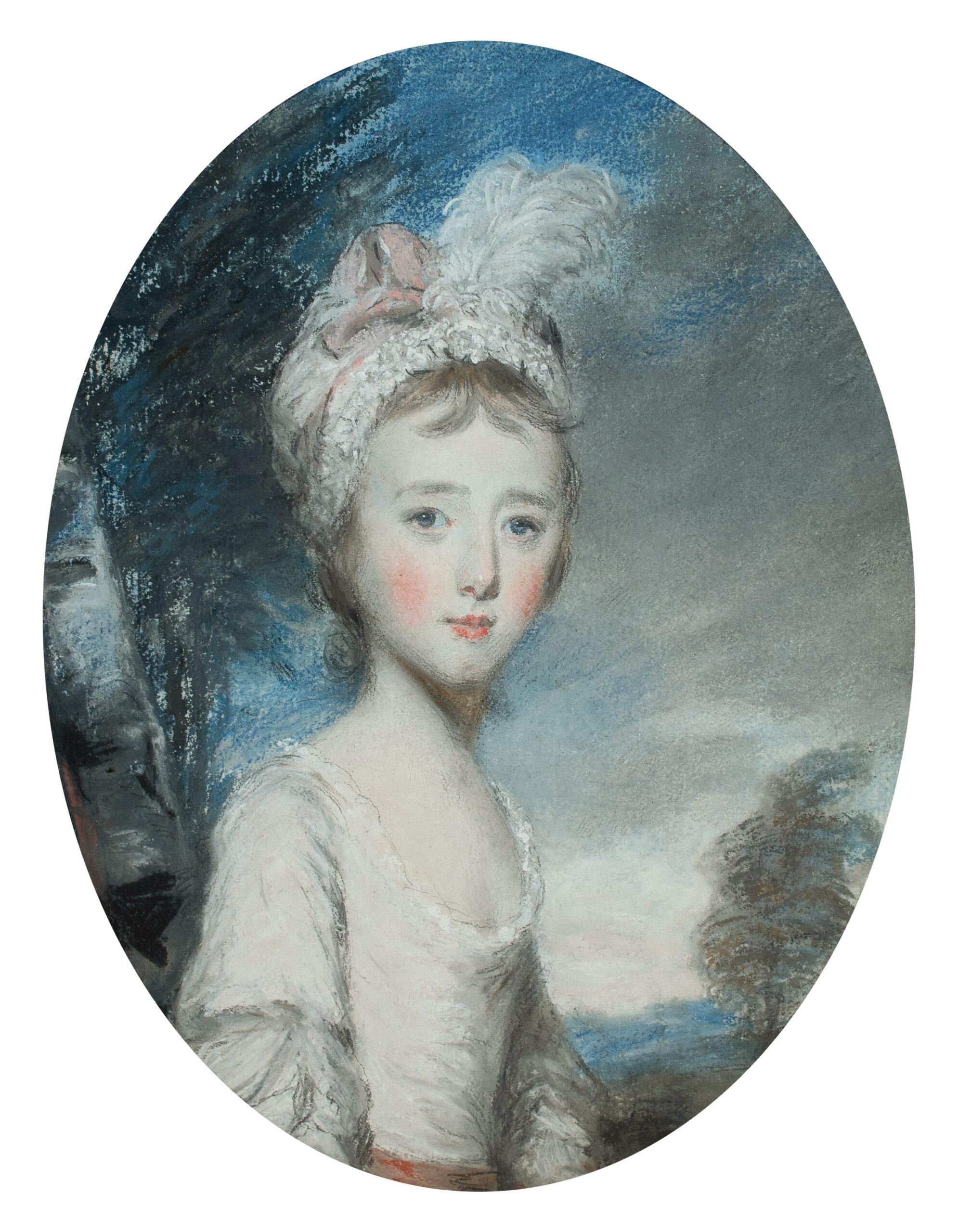
Portrait of Hon. Louisa Vernon (1765-1786) by Daniel Gardner (1750-1805)
Estimate £1,000-£1,500 (lot 575)
Among a selection of Old Master Paintings in the sale are several works by the celebrated British portraitist Daniel Gardner (1750-1805), who famously worked with the artist Joshua Reynolds, having been a pupil of the artist George Romney (1734-1802) and studying at the Royal Academy of Arts. In 1771 he won a silver medal at the Royal Academy of Arts for the portrait of an old man and his reputation as an artist was firmly cemented. Renowned for his small-scale portraits, often in pastels and later his oil works, his client list included aristocracy and celebrities of the day. Woolley and Wallis’ paintings expert Ed Beer, tells us: “Daniel Gardner was one of the most successful pastelists of the eighteenth century. The four lots offered in the sale are typical of his distinctive and inventive technique.”
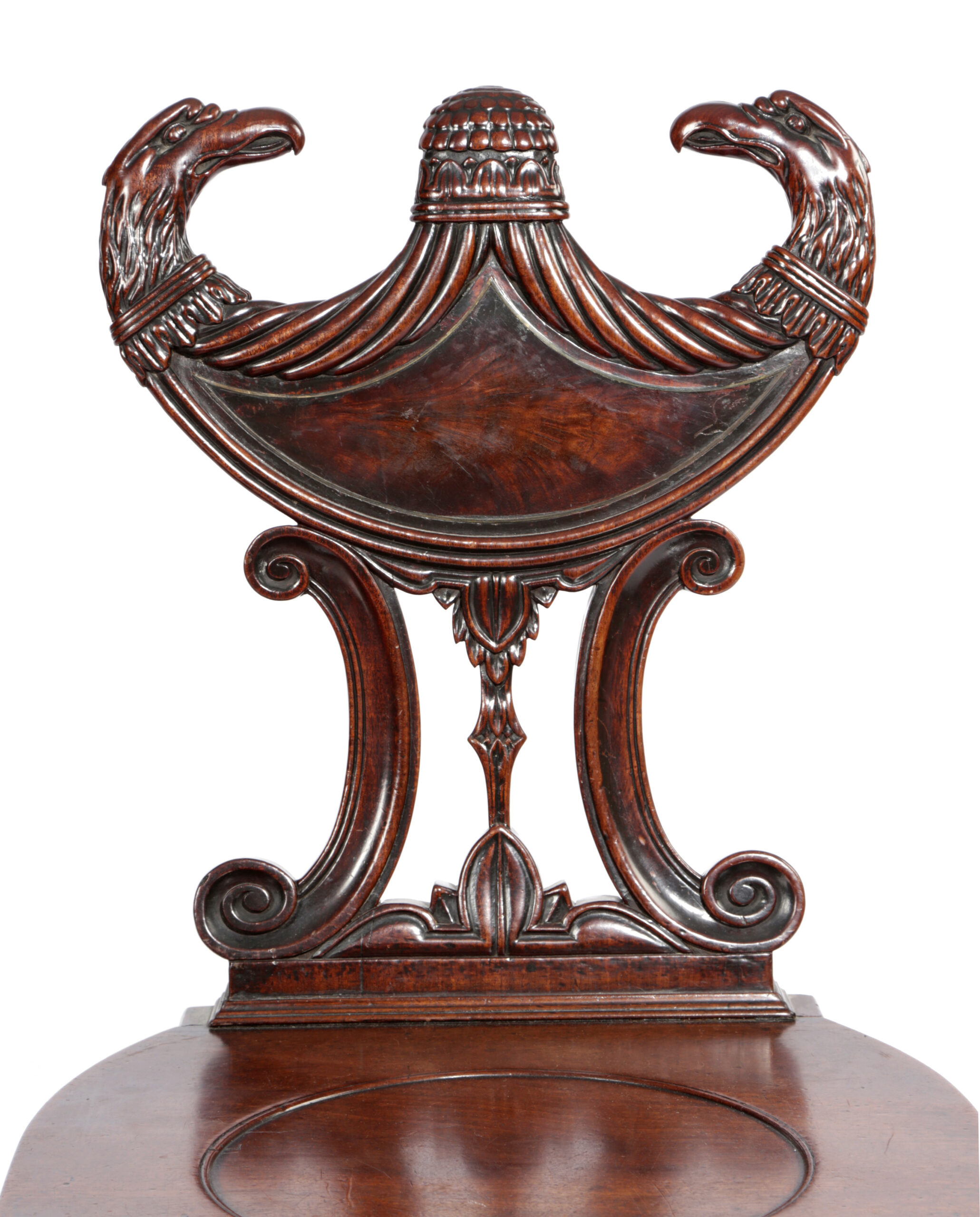
Among the four works is a charming portrait of Lady Martha Vernon, née Harcourt (1715-1794), wearing a white dress with a blue bow. Created in pastel, it carries an estimate of £1,000-£1,500 (lot 576). An equally enchanting pastel portrait of the Hon. Louisa Vernon (1765-1786), wearing a white dress and feathered cap is also included and carries an estimate of £1,000-£1,500 (lot 575).
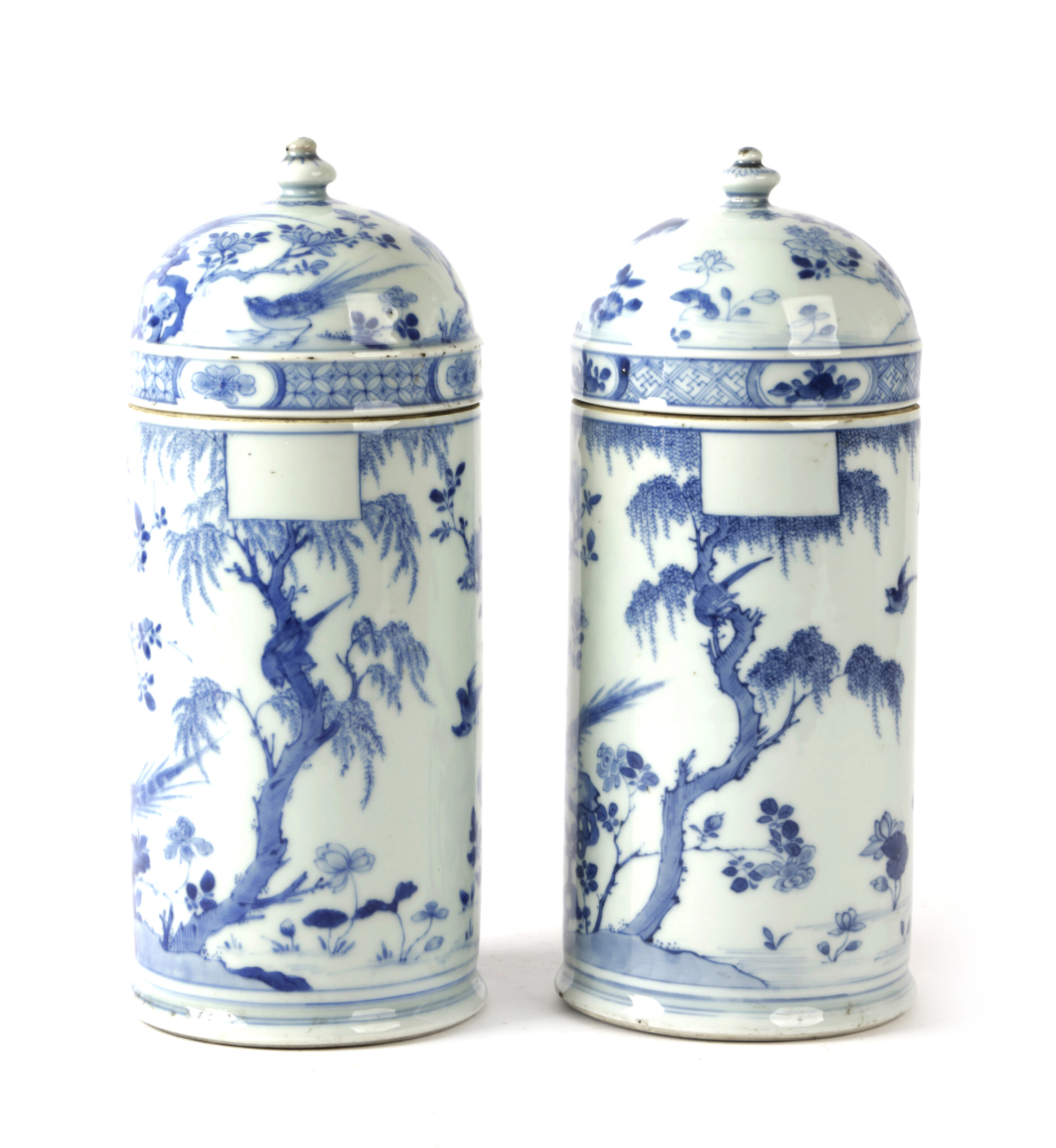
A pair of rare Chinese blue and white apothecary jars and covers from the Kangxi period (1662-1722)
Estimate £1,000-£2,000 (lot 723)




